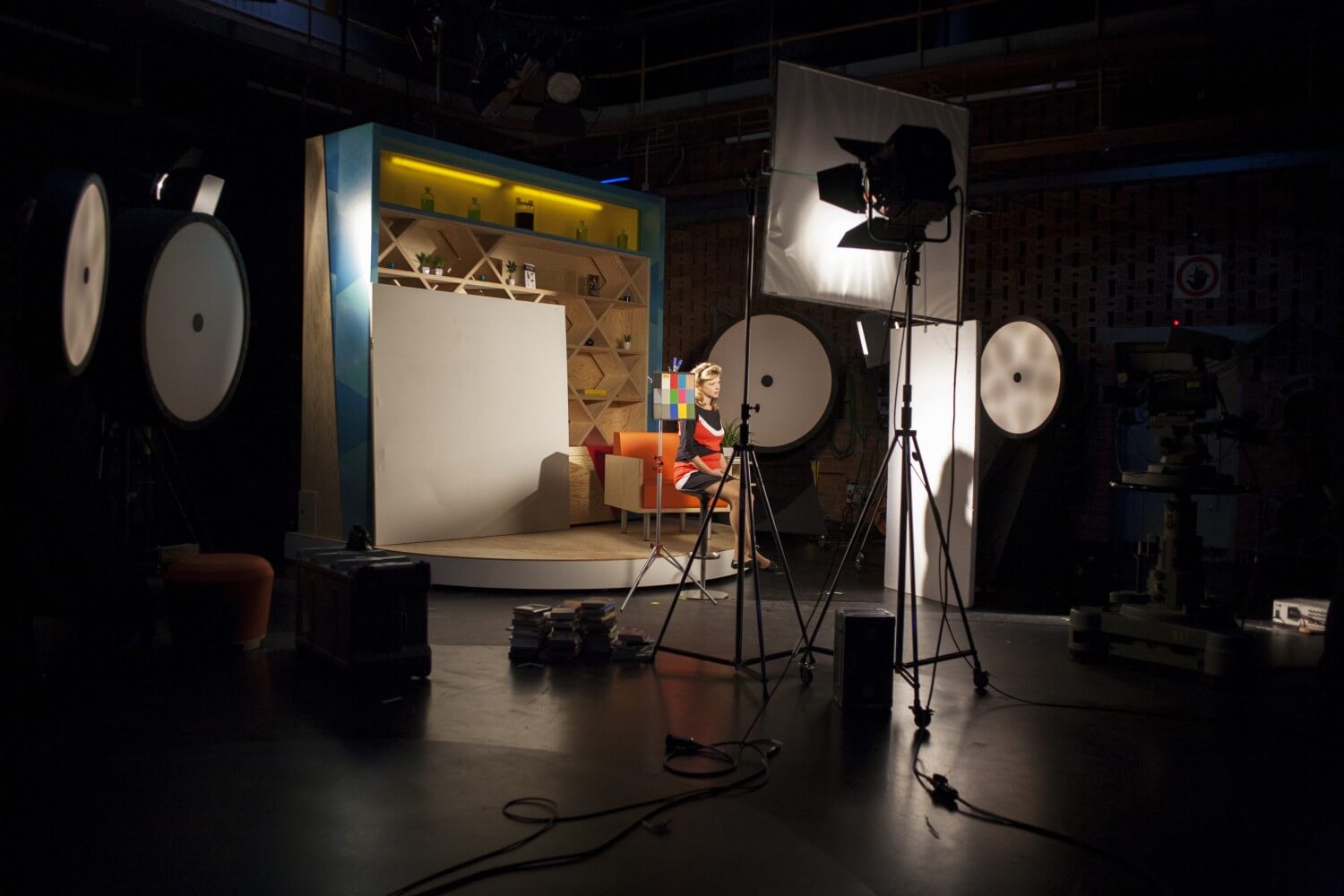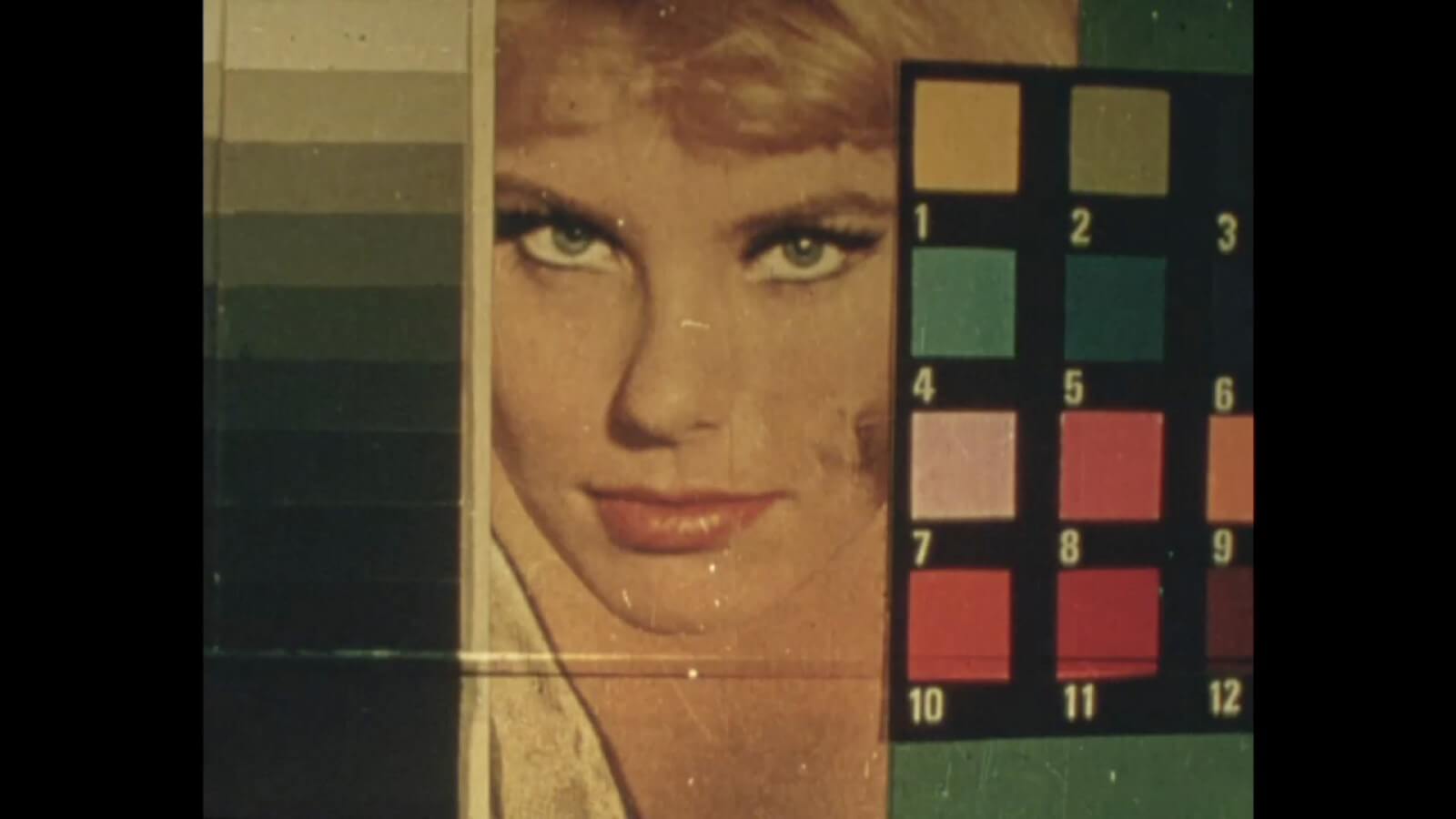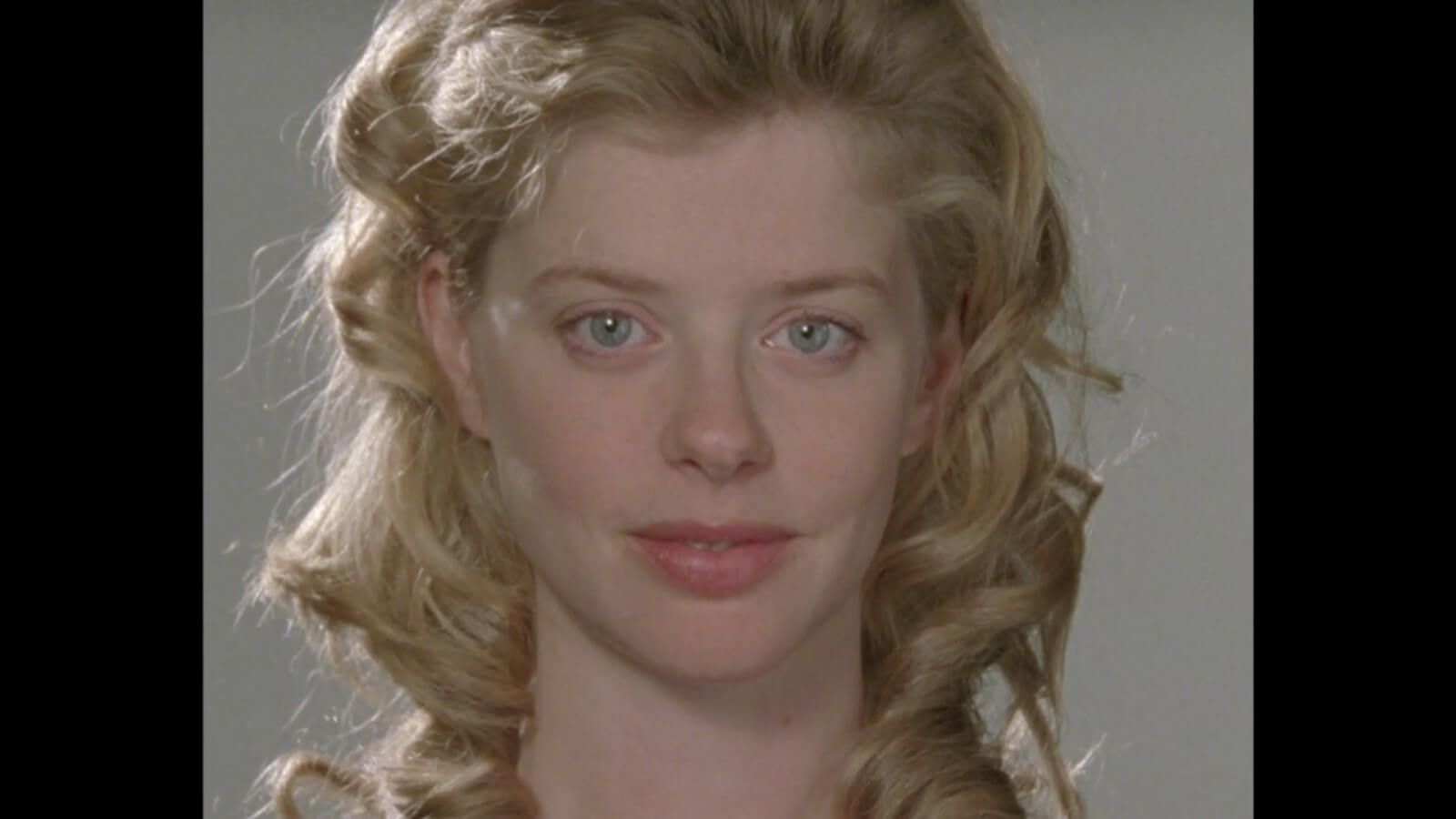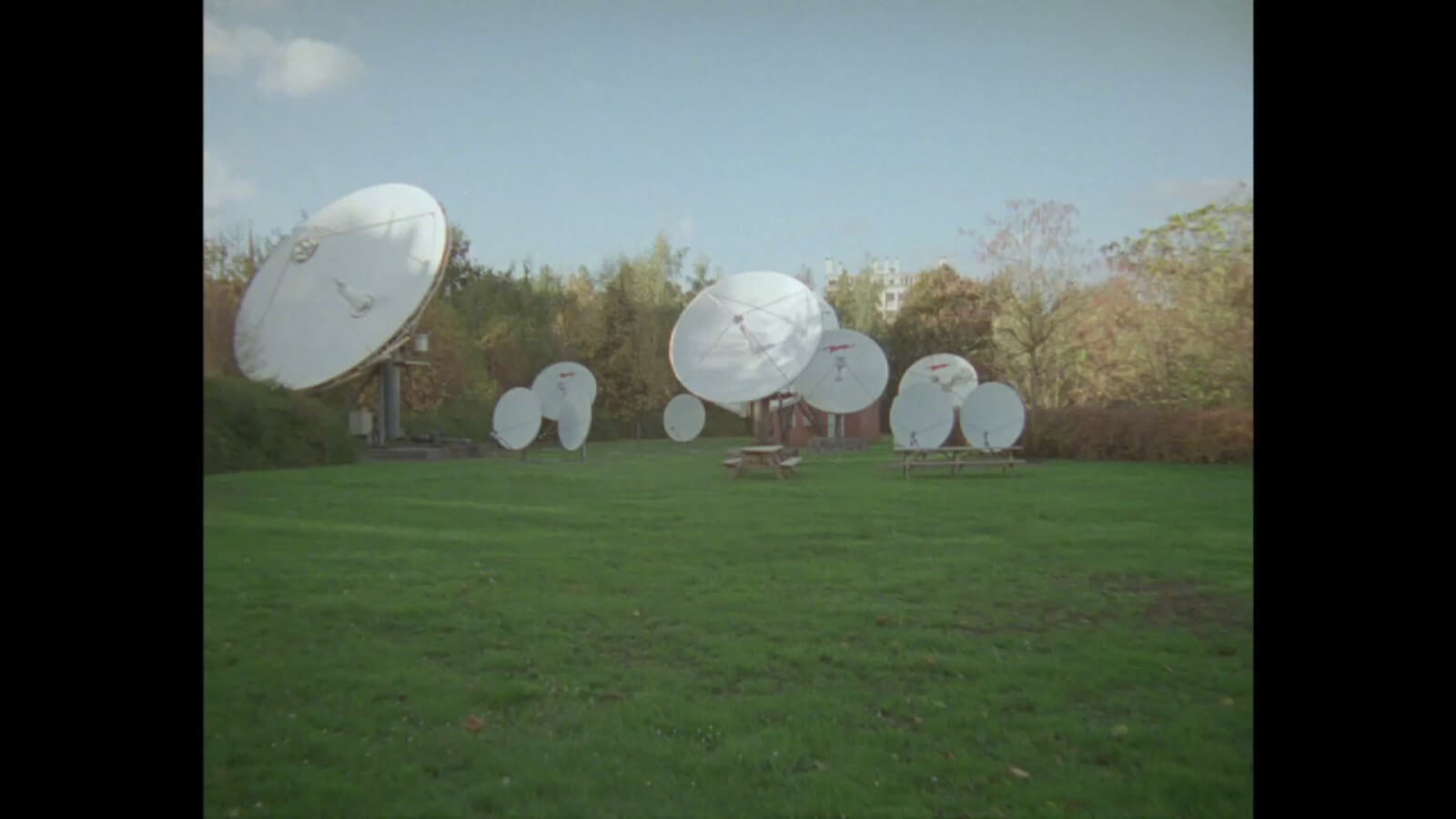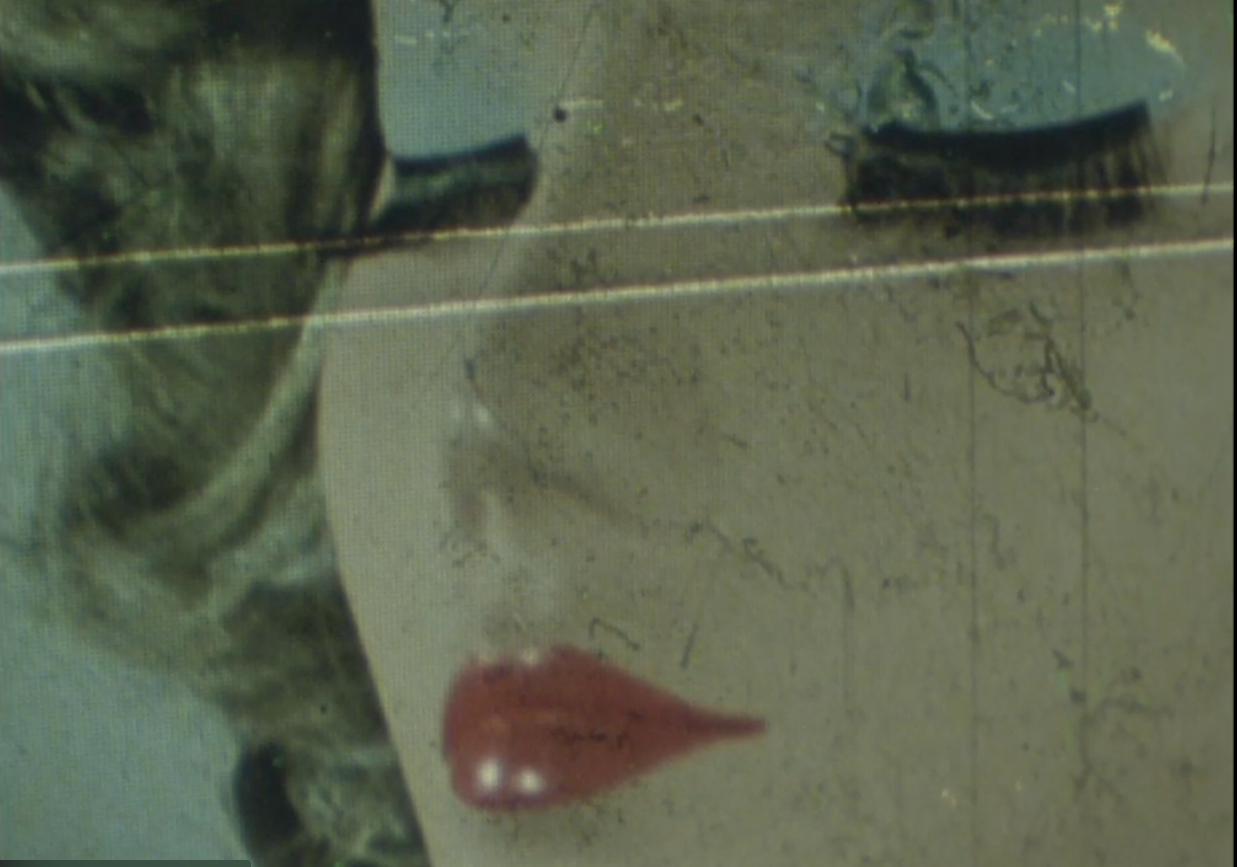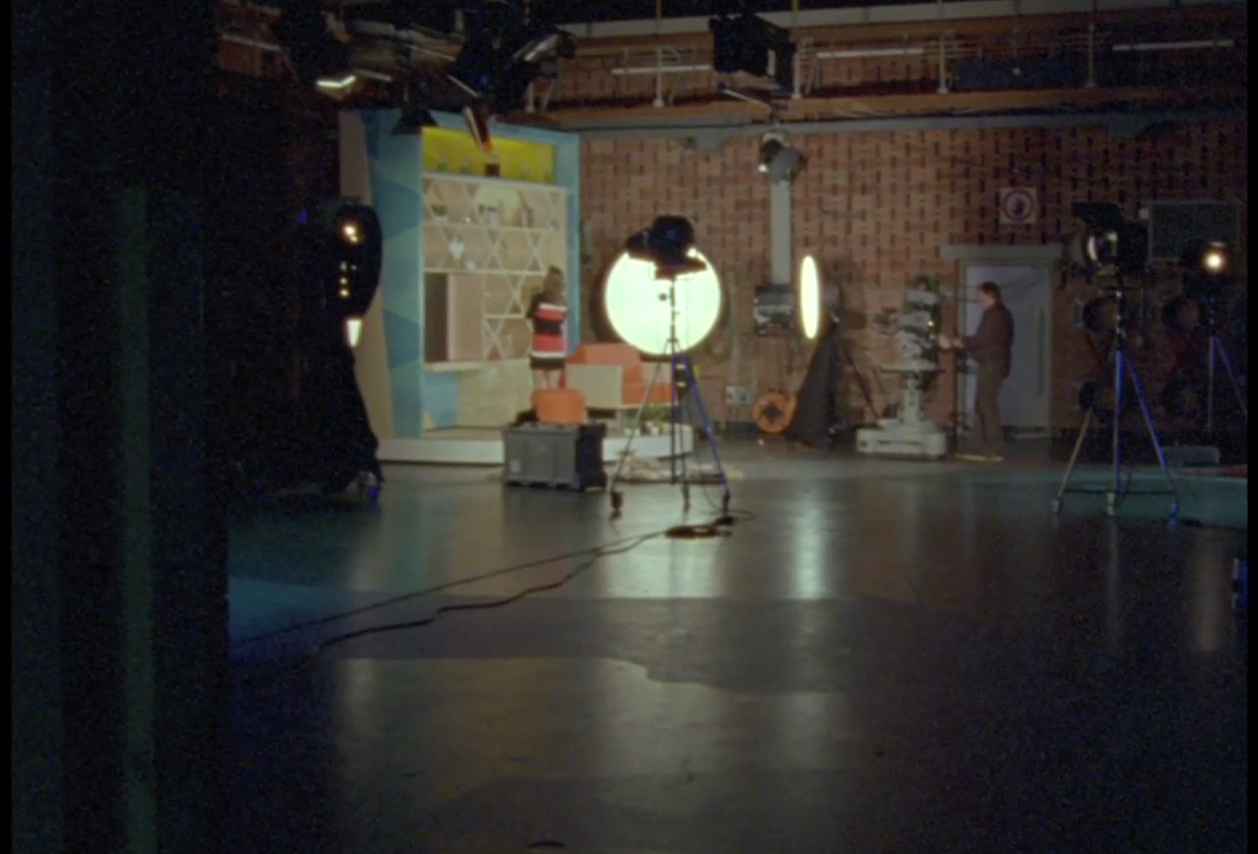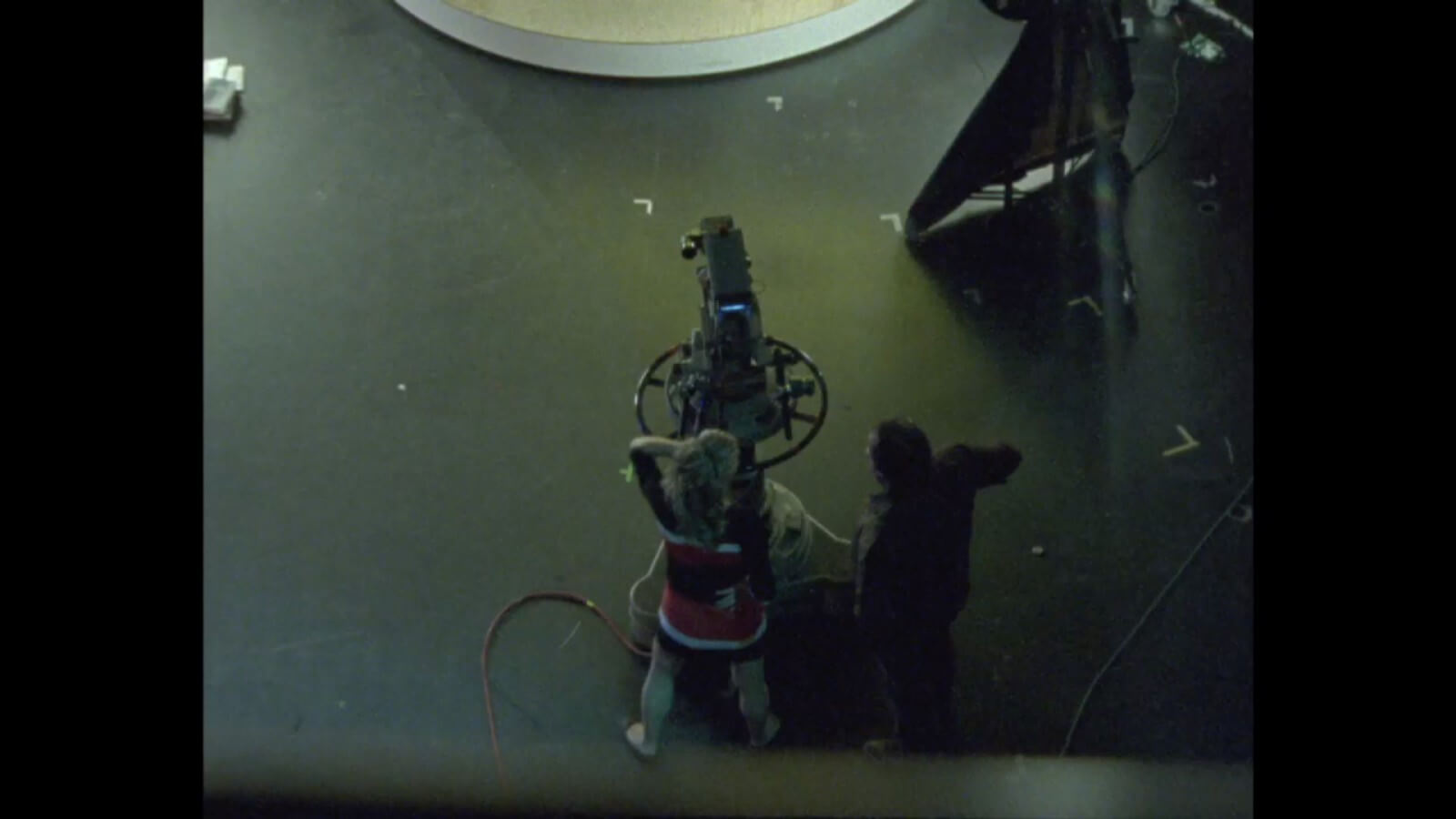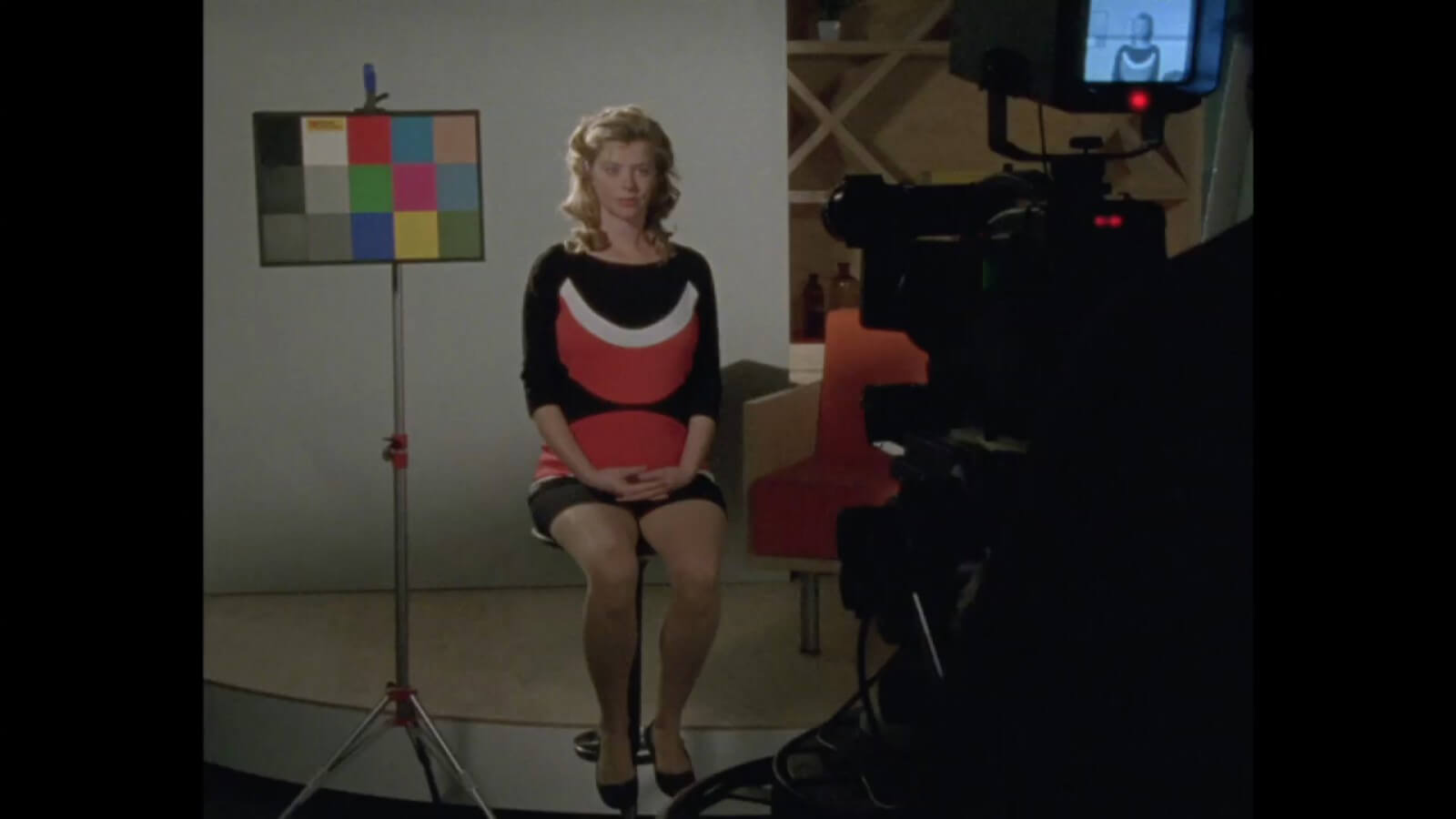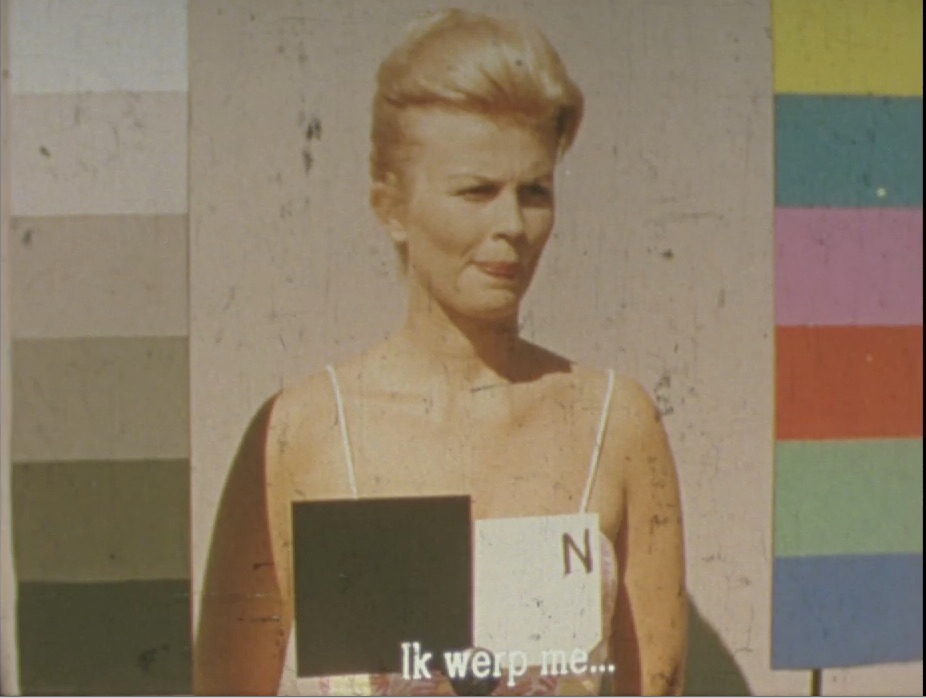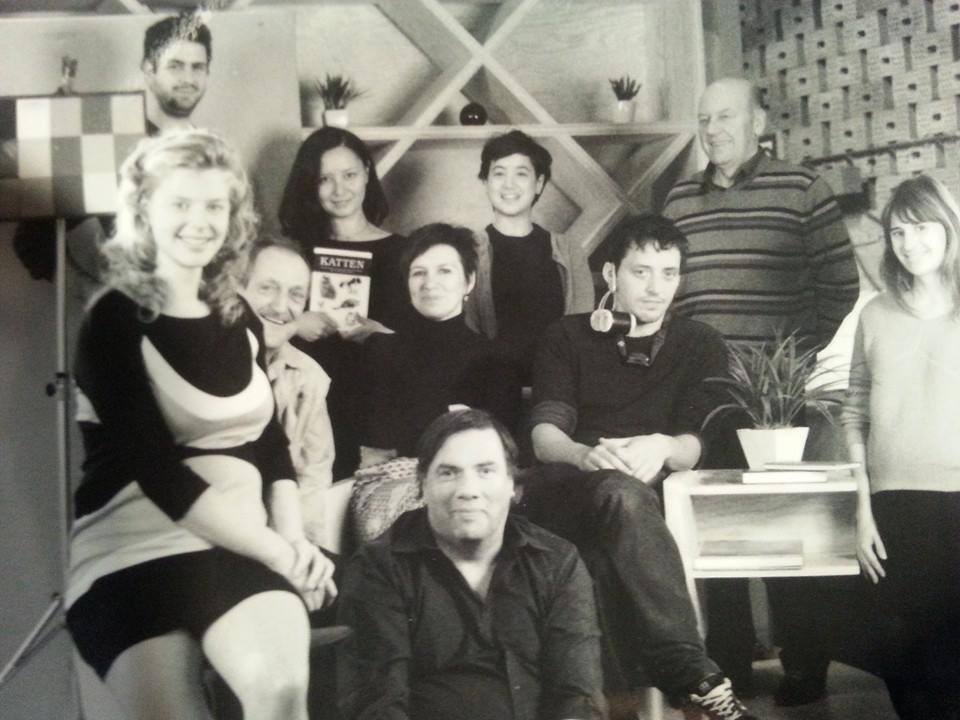Lili
An van. Dienderen’s new work Lili not only tells a story, but also offers us a unique access into a rather overlooked aspect of the filmmaking process. What we see might seem like a quite uneventful moment in the creation of cinematic – real or fictional – worlds. Or is it? The girl named Lili, who rests somewhat cluelessly on a high chair in a film studio, appears to be increasingly bored. She is a China girl. She poses in front of a camera, motionlessly and with her eyes wide open. She has no dialogues to memorize or a character to impersonate. All she is required to have for the role is an impeccably white complexion. Of course, it is always better if she is pretty. Although her images will not be seen by a large public, the camera operators and technicians, who are usually male, prefer to look at pretty girls. China girls serve as models in a technical exercise preceding the actual filming, namely the calibrating of the colors of the camera and printing process. Nobody knows for sure why they are called China girls, as they never actually are Chinese. Perhaps because sometimes, when a live model was lacking, porcelain dolls were used for the task. Or perhaps it is because their skin is supposed to be as white as porcelain.
With the film Lili An van. Dienderen questions the supposedly neutral character of this highly problematic and ideologically charged practice. If the film tonality is adjusted to the white complexion, other skin colors look unnaturally dark. Black actors appearing next to white actors need to wear insanely thick layers of make-up, otherwise they will appear pitch black with only white patches of teeth and eyeballs. For this very reason, Jean-Luc Godard famously refused to use Kodak film stock when working in Mozambique. Can technology itself be racist? An van. Dienderen contends that the medium itself should be examined from its technical aspect, because it matters what we consider a norm, be it in the skin color, the gender relations involved in the film process or an average beauty standard.
(Source: Katarzyna Ruchel-Stockmans)




